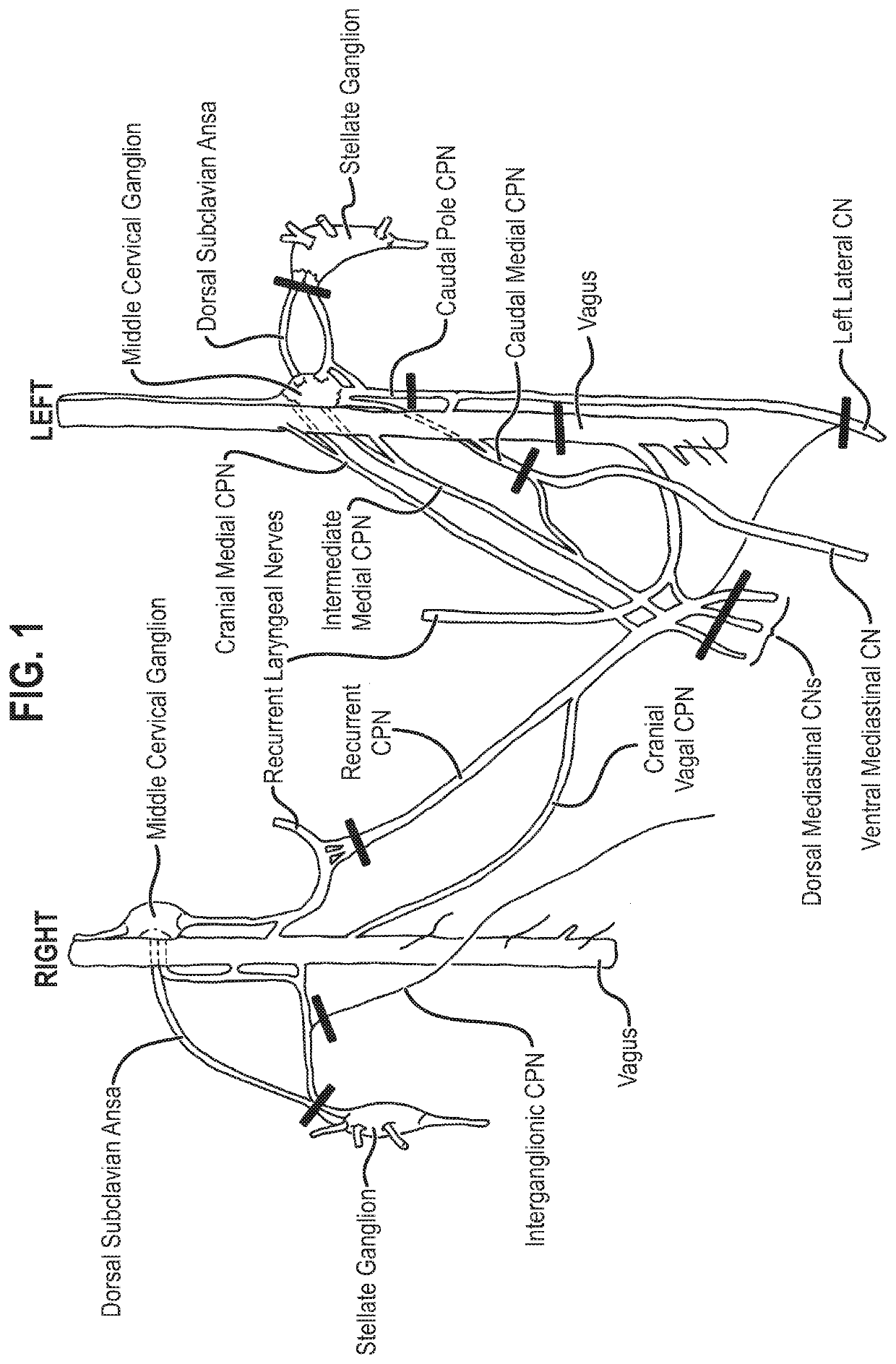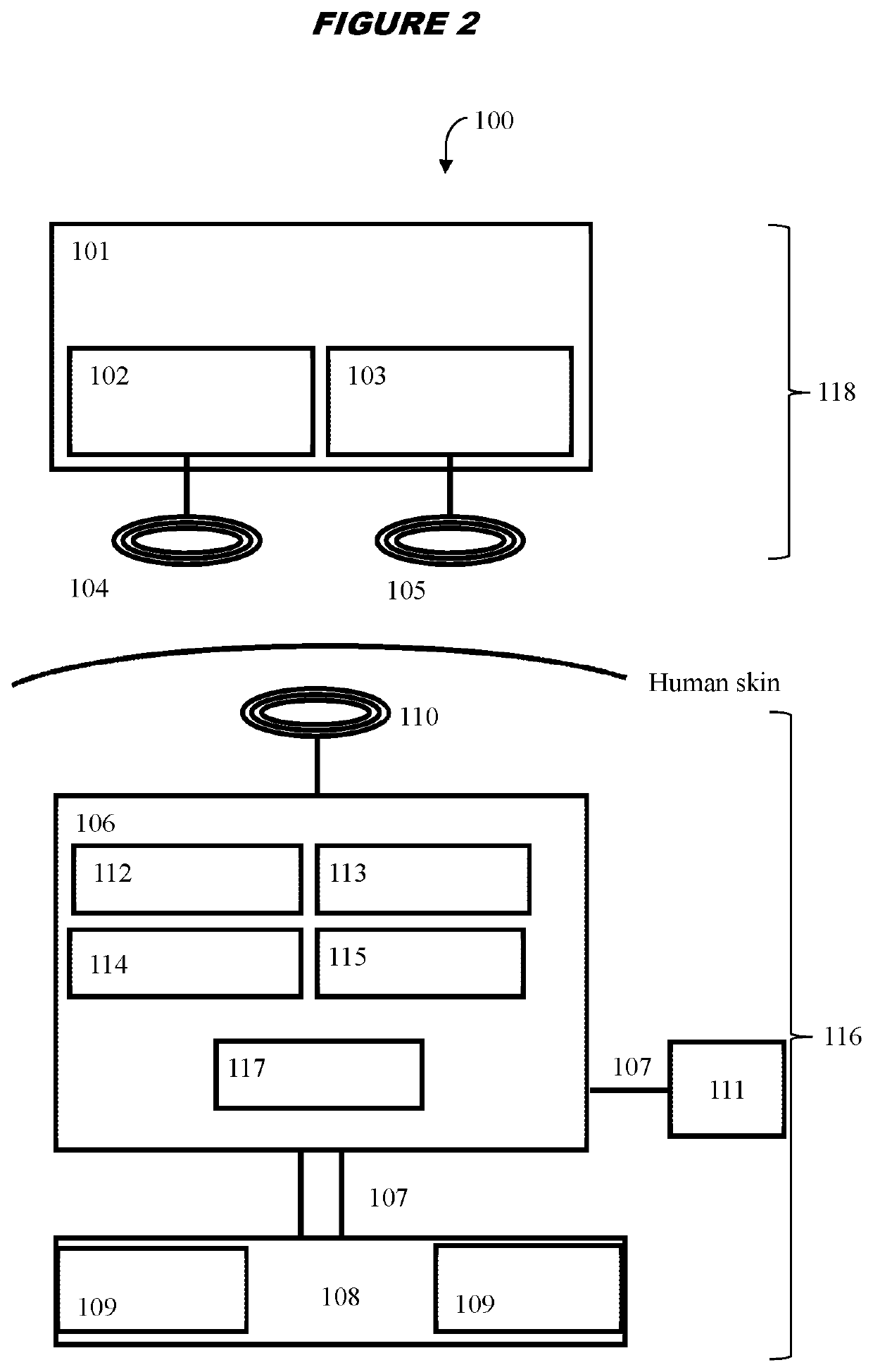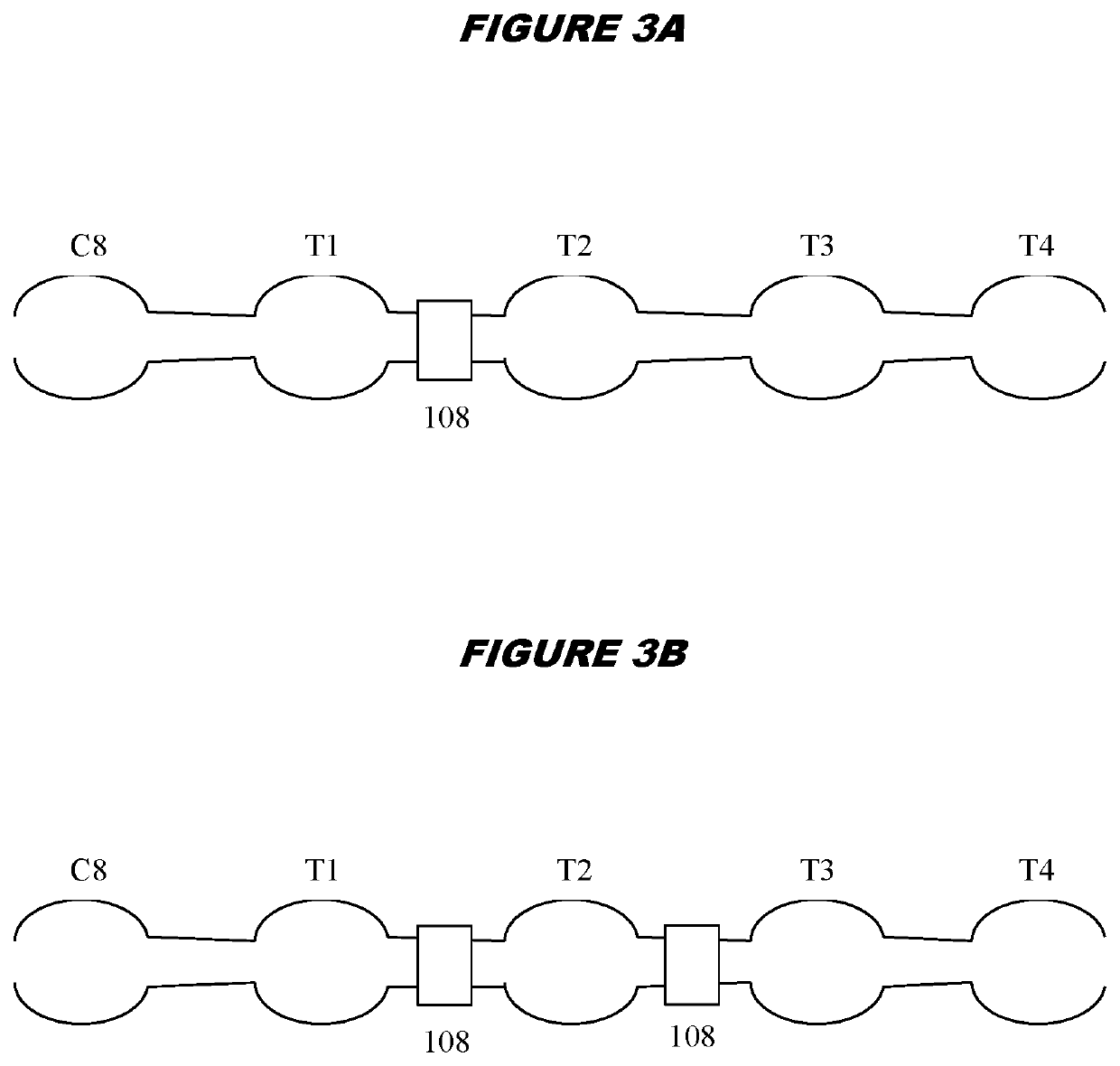Treatment and prevention of cardiac dysfunction
a technology for cardiac dysfunction and treatment, applied in the field of treatment and prevention of cardiac dysfunction, can solve the problems of reducing the effect of processing in the sympathetic chain, insufficient cardiac response, and reducing so as to reduce the central sympathetic drive, reduce the efferent sympathetic signal to the heart, and restore cardiac function.
- Summary
- Abstract
- Description
- Claims
- Application Information
AI Technical Summary
Benefits of technology
Problems solved by technology
Method used
Image
Examples
Embodiment Construction
Cardiac-Related Nerves
[0031]The invention involves application of an electrical signal to a cardiac-related nerve in an interganglionic branch in the sympathetic chain Preferably, the interganglionic branch is between intrathoracic ganglia. Intrathoracic ganglia are ganglia that are located within the thorax along the sympathetic chain, and they are arranged in vertebrate animals, such as humans, as follows (listed in the direction from brain): the middle cervical ganglion, the inferior cervical ganglion (also known as the C8 ganglion), the T1 ganglion, the T2 ganglion, the T3 ganglion, and the T4 ganglion.
[0032]The signal application site is preferentially within 1 cm, 0.5 cm, 0.25 cm, 1 mm, 500 μm, 25 μm, or 10 μm of a ganglion. Without wishing to be bound by theory, it is postulated that the effectiveness in changing the electrical properties of the ganglionic cell bodies (such as ganglionic refractoriness) is proportional to the distance between the signal application site and t...
PUM
 Login to View More
Login to View More Abstract
Description
Claims
Application Information
 Login to View More
Login to View More - R&D
- Intellectual Property
- Life Sciences
- Materials
- Tech Scout
- Unparalleled Data Quality
- Higher Quality Content
- 60% Fewer Hallucinations
Browse by: Latest US Patents, China's latest patents, Technical Efficacy Thesaurus, Application Domain, Technology Topic, Popular Technical Reports.
© 2025 PatSnap. All rights reserved.Legal|Privacy policy|Modern Slavery Act Transparency Statement|Sitemap|About US| Contact US: help@patsnap.com



